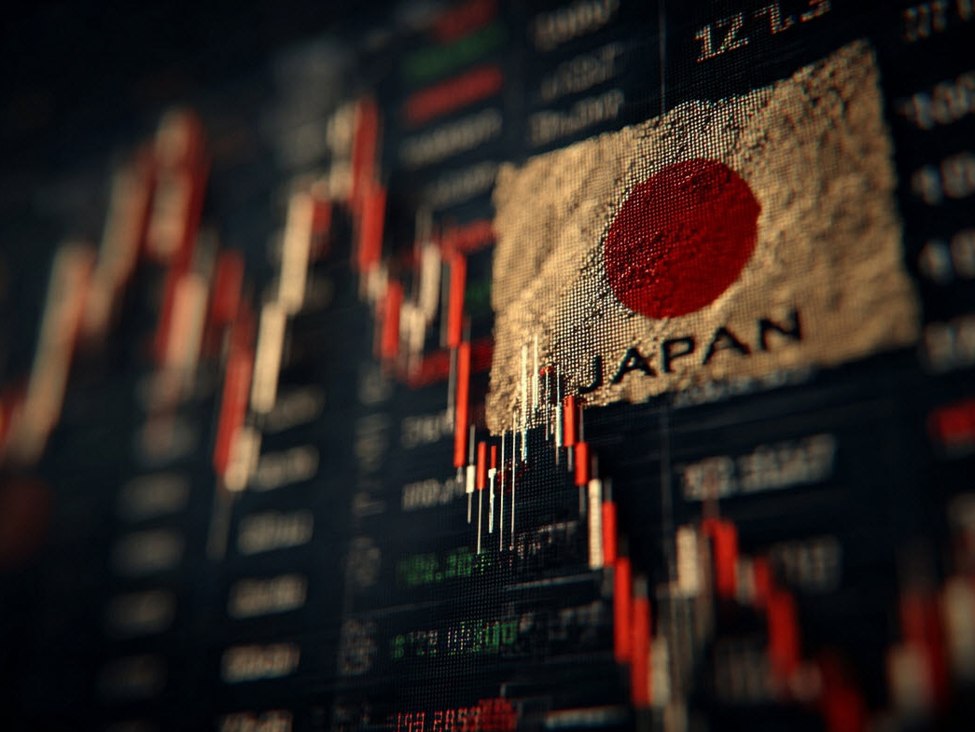Investors questioning if the current postelection rally is on the verge of becoming a bubble should keep an eye on one measure of volatility, according to DataTrek Research. The CBOE Volatility Index , known on Wall Street as the VIX, helps traders track when a market rally is actually unhealthy, said DataTrek co-founder Nicholas Colas. Though the Street’s so-called measure of fear is in a favorable spot right now, it’s worth watching if the market upswing — which began after Donald Trump won the U.S. presidential election — continues. Monday’s close for the VIX around 15 “is a healthy sign” for the temperature of the market as it advances, Colas wrote to clients. For reference, all three major stock market indexes finished Monday’s session at all-time closing highs. .VIX YTD mountain The CBOE Volatility Index, year to date Colas said to expect the fear gauge to stay around current levels through the end of the year, meaning any further gains don’t need to be viewed as a harbinger of a bubble. But he said investors should take pause if the VIX surpasses 20 and stocks continue climbing. To put it succinctly: “Rallies built on an elevated VIX signal a bubble,” he wrote. That’s a lesson market participants learned, during the dot-com bubble of the mid- to late-1990s, he said. In the current bull market, dating back to the fourth quarter of 2022, however, the VIX has been largely “well behaved,” Colas argued. Colas, who co-founded DataTrek with Jessica Rabe in 2017, said the market is entering a period of the year when volatility typically declines. So if volatility doesn’t move lower, as has been the pattern historically, that’s a red flag for the current bull. “If it trends higher over the remainder of the year as stocks continue to advance, that would be a troublesome signal, since it is reminiscent of 1999,” Colas said. Tuesday’s trading day brought declines that ate into gains seen since Trump won the White House last week. Still, all three major indexes are notably above where they were just one week ago.
One red flag can help show when stocks are approaching bubble


